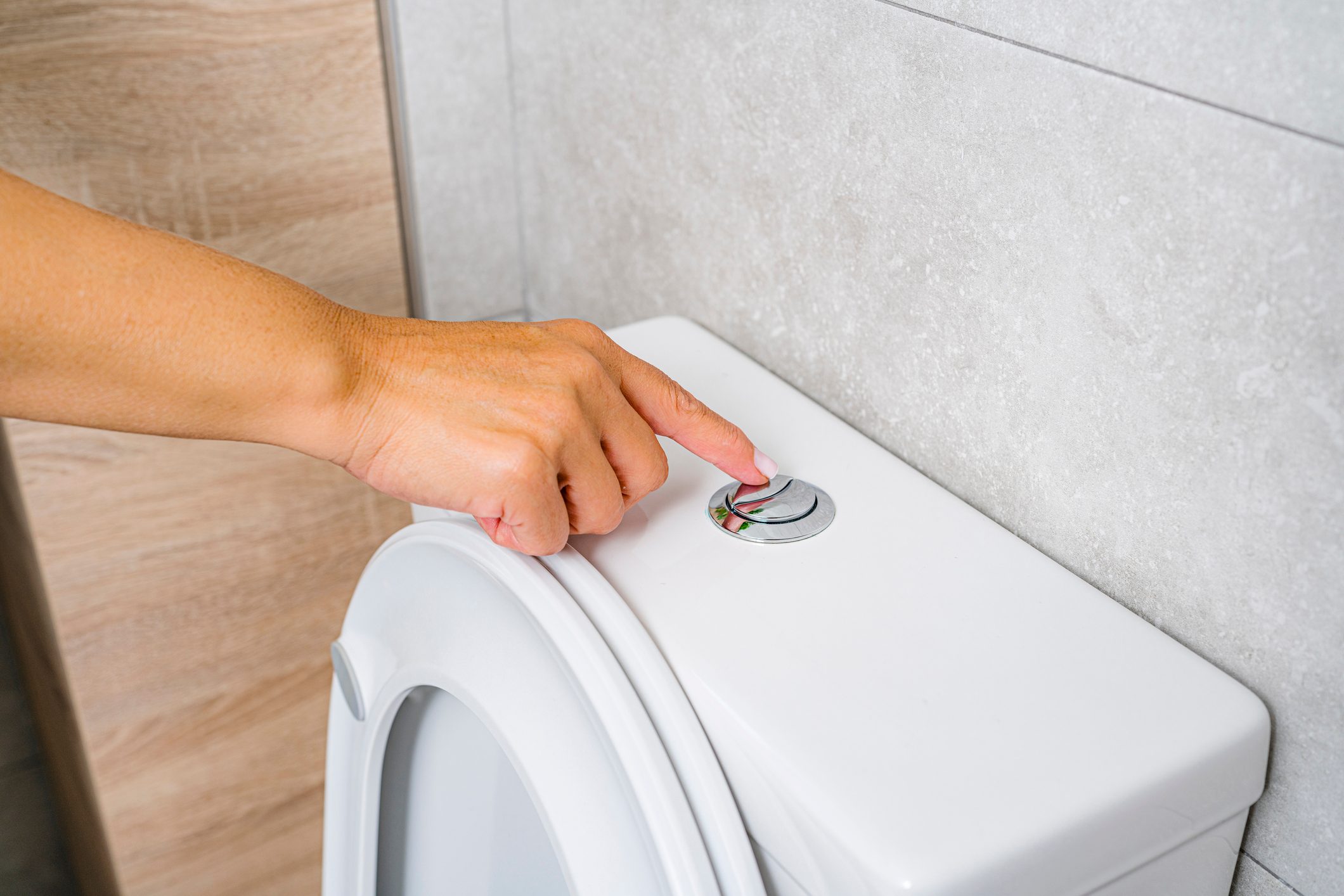Have you ever been startled by a high-pitched whistling sound coming from your toilet? It’s a common problem that can leave many homeowners puzzled and concerned. In this article, we will explore the various reasons behind this peculiar phenomenon and shed some light on how to solve it. So, let’s uncover the mystery of why your toilet whistles!
Insufficient Water Supply
One of the top culprits behind a whistling toilet is an insufficient water supply. To function properly, toilets need a steady flow of water to flush waste away effectively. When the water supply is restricted or disrupted, it can cause whistling noises. This issue often occurs due to a faulty or partially closed water valve.
Quick Fix for Insufficient Water Supply:
- Check the water valve near the base of your toilet and ensure it is fully open.
- If the valve appears to be damaged or malfunctioning, consider replacing it.
- If the issue persists, it’s advisable to consult a professional plumber for further inspection.
Partially Blocked Fill Valve
The fill valve in your toilet is responsible for refilling the tank after each flush. Over time, sediments and debris can accumulate, partially blocking the fill valve or the associated components. When this happens, the restricted water flow creates vibrations that result in a whistling sound.
Quick Fix for Partially Blocked Fill Valve:
- Turn off the water supply to your toilet.
- Remove the lid of the toilet tank and locate the fill valve.
- Use a soft cloth or an old toothbrush to clean any debris or sediment from the valve.
- Open the water supply and observe if the whistling has ceased. If not, further investigation may be required.
Faulty Ballcock Assembly
If you have an older toilet model with a ballcock assembly, it might be the source of the whistling noise. The ballcock assembly regulates the water level in the tank. Over time, the components of the assembly can deteriorate, leading to a malfunction. When this happens, the resulting turbulence can produce the dreaded whistle.
Quick Fix for a Faulty Ballcock Assembly:
- Turn off the water supply to your toilet.
- Remove the toilet tank lid and locate the ballcock assembly.
- Inspect the components for damage or wear.
- If any parts appear faulty, you may need to replace the ballcock assembly entirely.
- Finally, turn on the water supply and observe if the whistling persists. If so, it’s advisable to consult a plumber for further assistance.
High Water Pressure
Excessively high water pressure can wreak havoc on various plumbing fixtures, including toilets. When your home’s water pressure exceeds the recommended levels, it can cause turbulence within the plumbing system, resulting in a whistling toilet.
Quick Fix for High Water Pressure:
- Contact your water utility provider to inquire about the water pressure levels in your area.
- If your water pressure is too high, you may need to install a pressure-reducing valve.
- A professional plumber can help with the installation of a pressure-reducing valve and ensure it is set at an appropriate level.
Conclusion
Dealing with a whistling toilet can be both annoying and concerning, but understanding the underlying causes can help you resolve the issue effectively. Insufficient water supply, a partially blocked fill valve, a faulty ballcock assembly, and high water pressure are some of the common reasons for a whistling toilet. By following the quick fixes outlined in this article, you can regain peace and quiet in your bathroom.

